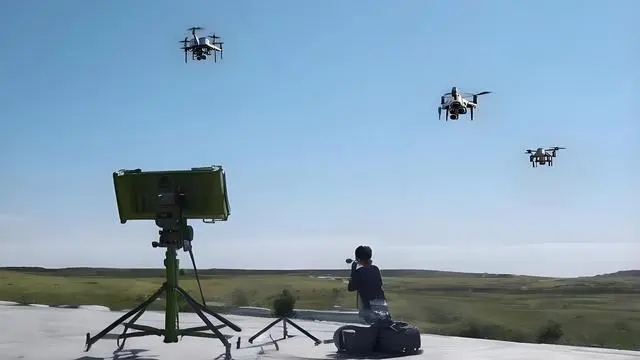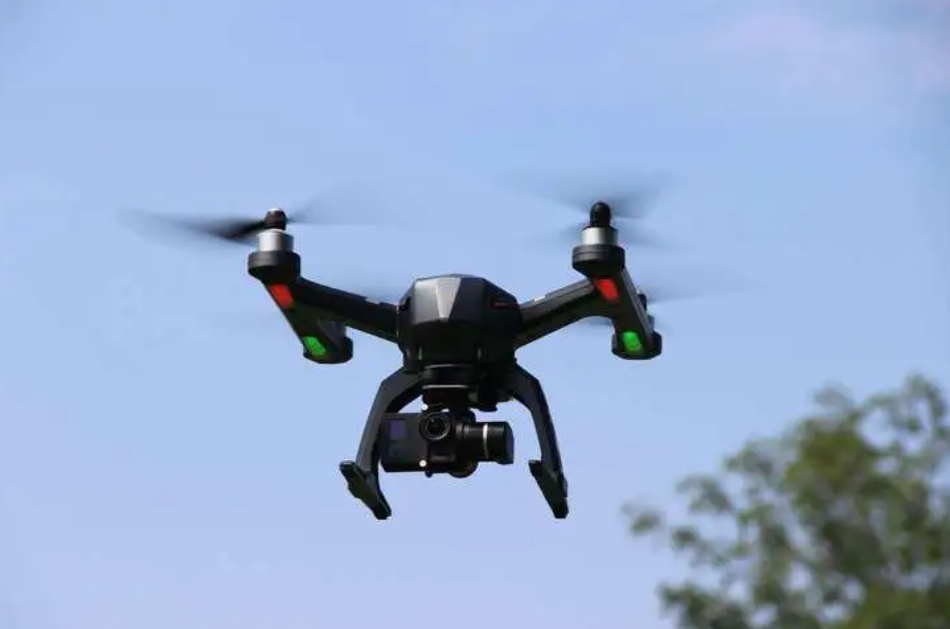Effective countermeasures to solve the relevant problems in the field of UAV countermeasures
(1) Innovate science and technology to enable drone countermeasures.
In the absence of regulations and policies and backward management systems, technology is still a powerful tool to combat drones. "Empowerment" is not simply empowerment, it is more about motivating the actor to achieve a specific purpose through his own power.
It can also be interpreted as providing new approaches, ideas, and possibilities for the agent's purposes. On the one hand, the current drone countermeasure technology still has many shortcomings, and in order to improve its reliability and efficiency, further research is needed. In addition, with the support of new technologies, it can improve the ability to counter drones.

Cloud computing technology provides a better means of countermeasures, and the countermeasures against drones can be divided into cooperative and non-cooperative types by referring to the drone monitoring model, so as to enhance the pertinence and effect of countermeasures. For the partners, the identity information of the drone can be uploaded to the database for real-time navigation and management through the network.
For non-cooperative UAVs, real-time monitoring of flight altitude, flight trajectory and other information is carried out through cloud database comparison, and it is shared with national security organs, public security organs and other units for timely warning. At present, China's police resources are scarce, and unmanned law enforcement teams have not yet been established. We should make full use of science and technology to fight for more police forces from the technical point of view, so as to better combat illegal drones and ensure people's safety.
(2) Improve the publicity level of UAV safety hazards prevention.
At present, people have a certain understanding of the role of drones, however, people's research on the safety of drones and countermeasures to solve existing problems is not deep enough, so it is necessary to improve the level of publicity and education on the safety risks of drones, so that the whole society is aware of this point.
For the public, communities or organizations can make the public deeply understand the safety risks of drones and the measures to solve them by holding information meetings and distributing propaganda posters, etc. They can also spread the danger cases brought by drones through wechat public accounts, Weibo and other forms, so that the public can know the safety risks of drones and have more understanding of them. And the "black fly" to consciously supervise and report.
Professional drone countermeasures experts and experienced operators can be invited to hold lectures or training in units with countermeasures requirements, so as to strengthen the anti-terrorism awareness of all units and strengthen the response measures of all units. In addition, once a major incident occurs , such as the "black flight" invasion, it is necessary to respond in time through drills to build a complete defense network.
(3) Reasonable deployment of countermeasures to reduce the probability of secondary injury.
The deployment and use of countermeasure equipment is as important as the development and production, and the operator must be aware of the results of each countermeasure. Different countermeasures will cause different degrees of secondary damage. The use of soft attacks to interfere will have a certain impact on other normal radio services, and in serious cases, it will have a serious impact on key equipment such as civil aviation.
Therefore, the first problem to be solved is how to deploy countermeasures reasonably, report to the relevant departments when using, and choose soft and hard killing according to the specific situation. In densely populated cities, soft strike technology is the best way to achieve UAV homing, hovering and landing through electronic countermeasures of UAV navigation, data transmission and image transmission links. Although it will have a certain impact on other radio equipment, the impact is small compared with the noise caused by UAV debris and parts falling, and the economic loss is relatively small.

In areas far away from urban areas, military areas, national key facilities and other non-populated areas or areas vulnerable to attack, laser, microwave, kinetic energy projectiles can be used to directly, accurately and quickly destroy targets. Because the damage caused by the fall of a drone is negligible compared to the attack on key facilities and personnel.
In addition, it is feasible to take corresponding countermeasures according to the situation, such as using drones to "net" drones, controlling net-throwing drones, and training shuttles to strike targets. By hacking into the drone's internal wireless network and open remote interface to control it in real time, hacking techniques can steal control while also reducing the occurrence of secondary harm.
The UAV is widely used, but its backward control means pose a certain threat to public safety. In the future development, there are still many problems in counter-drone work, such as a single detection method is difficult to ensure its effectiveness, it is difficult to prevent false alarms and missed reports, it is difficult to distinguish whether it is legal, and the harm of interception is inevitable, and the effectiveness and stability of the system need to be further improved.
In the development of counter-drone, legislation and technical control should be adopted to actively promote the development of counter-drone technology. Based on advanced technology, innovation is carried out on the basis of existing technology to give full play to its application ability in practice, so as to achieve effective control of UAV.

